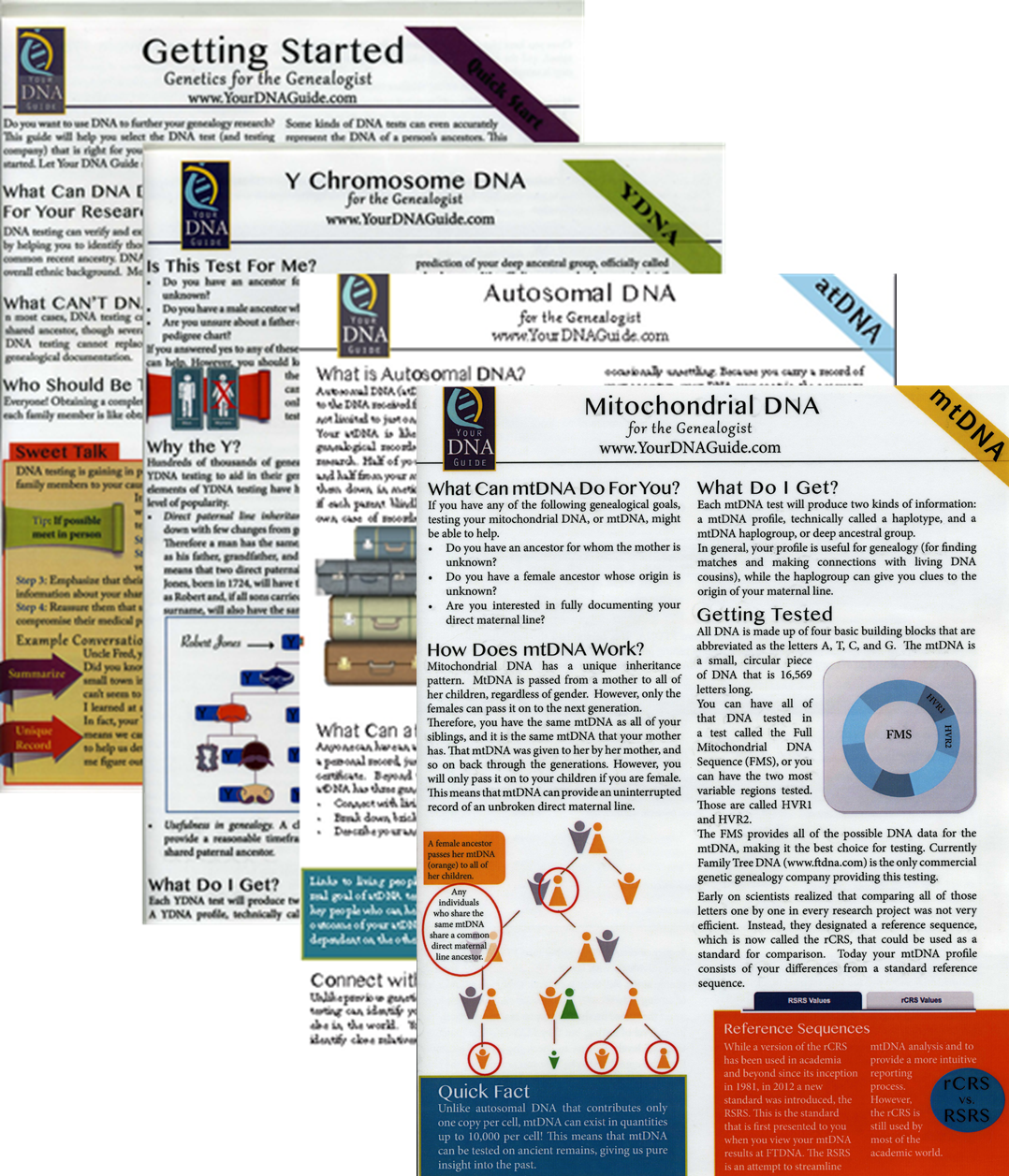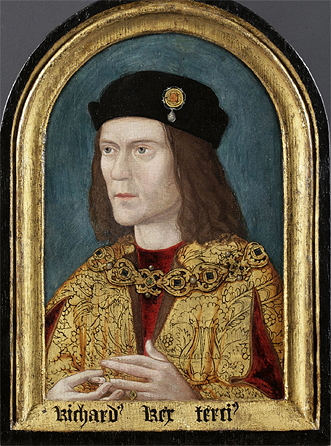What You Can Learn from Richard III DNA “Scandal”
Earliest surviving portrait of Richard III. Wikimedia Commons image.
An article recently published in Nature Communications confirmed the identity of the remains of King Richard III by DNA testing. This result wasn’t a huge surprise, but there were some eyebrow-raising findings along the way. More to the point, now a celebrity case study teaches us more about how to use DNA in family history research.
Prior to the genetic investigation of the skeletal remains presumed to be that of Plantagenet King Richard III, there was already mounting evidence that this was indeed his body. Genetic genealogists can take cues from this research to learn how to more fully integrate your genetic testing into your genealogy.
While these researchers were able to use radiocarbon dating and skeletal analysis methods that most of us won’t have access to, they did pore over a substantial amount of historical evidence to substantiate the last known whereabouts of Richard III. The archaeological, skeletal, and historical evidence were overwhelmingly in favor of this positive identification. But it was the genetic evidence that provided the last, ahem, nail in the coffin.
In this case the nail was made of mitochondrial DNA, or mtDNA. King Richard shares his mtDNA with anyone who is also related in a direct maternal line to his mother. There were two such candidates found, both sharing mtDNA with the skeleton presumed to be King Richard, thus further verifying its identity. In fact, lead researcher Turi King said of the findings, “If you put all the data together, the evidence is overwhelming that these are the remains of Richard III.”
Of interesting note to us as genetic genealogists is that one of the two mtDNA samples used for reference did have one difference from the mtDNA signature shared by the other individual and the skeleton. This did not jeopardize the integrity of the results, but rather provided a good case study in how DNA does change over time.
You would think that the DNA match confirming the identity of the skeleton would be the biggest news out of this round of DNA testing. But along with the direct maternal line testing, there was also direct paternal line testing to try to verify the paternal line of the skeleton.
Genealogists worked tirelessly to identify direct paternal descendants of Richard III’s great-great grandfather Edward III and five were found and tested. Their results revealed not one but THREE different paternal lines.
While the results were not quite as expected, they weren’t exactly unexpected either, as there are plenty of royal rumors of non-paternity (click here for a summary). Watch a brief video discussion of the yDNA results here:
Again, the YDNA portion of the study provides a great case study for us in how to use YDNA, namely that it takes a lot of traditional genealogical work to find direct paternal line descendants to be tested, and that the results are conclusive, but can sometimes provide more questions than answers.
The Richard III DNA drama has started many families talking about “doing” their own DNA. Learn how with my series of quick guides (purchase all 4 laminated guides or the digital download bundle for the best deal);
 Getting Started: Genetics for Genealogists;
Getting Started: Genetics for Genealogists;- Y Chromosome DNA for Genealogists;
- Autosomal DNA for Genealogists;and
- NEW! Mitochondrial DNA for Genealogists.
Visit my website to learn about expert consultations with me. You’ll get customized guidance on which tests to order and how to maximize your results for your genealogy research.





